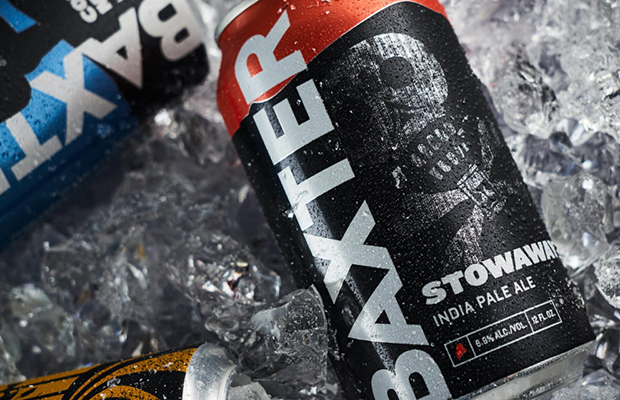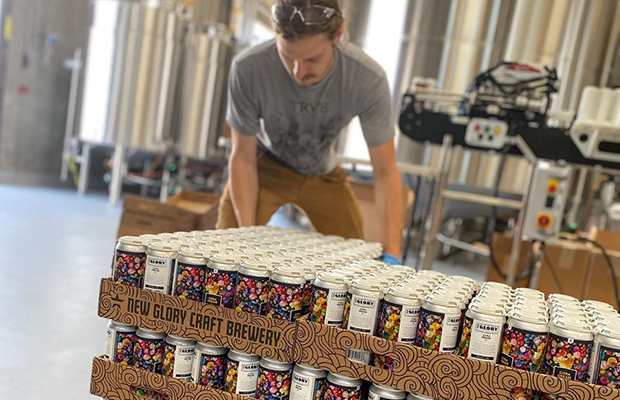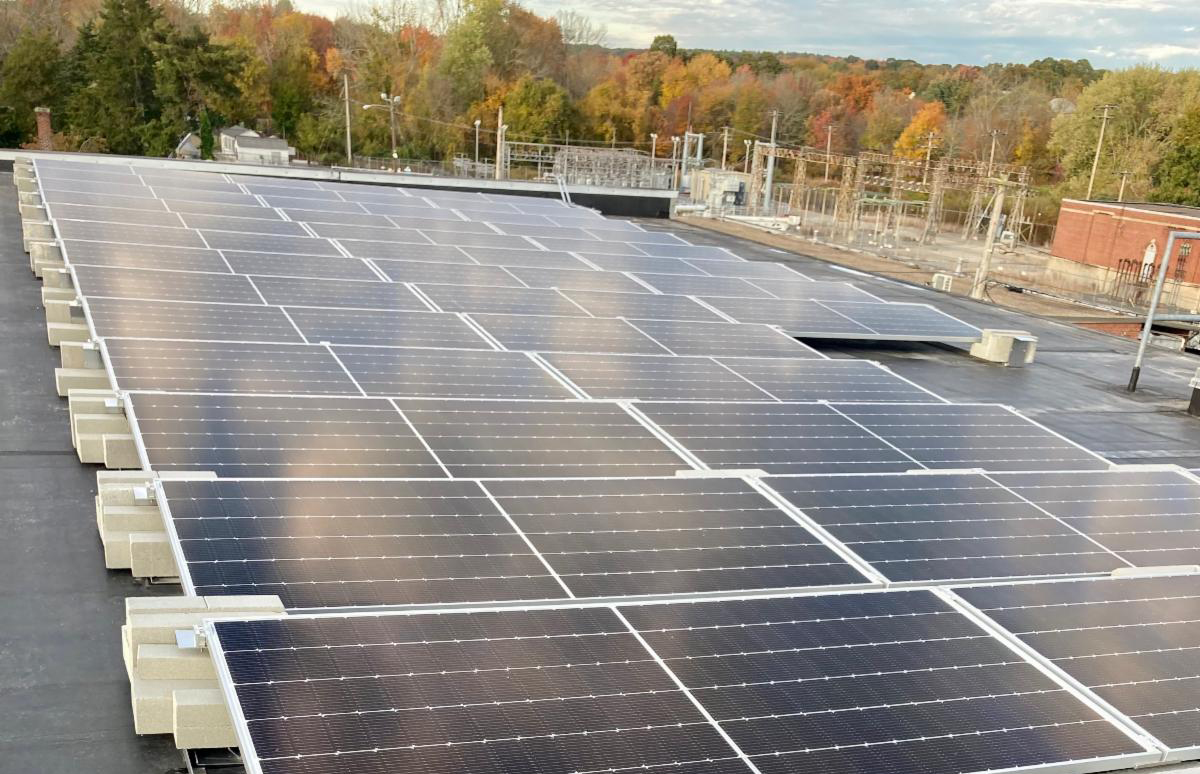
Test Kitchen is an ongoing print column and online blog by the Publisher of Brewer Magazine and Test Kitchen Brewer Tyler Montgomery. With a 1.5 barrel brewhouse launched in 2019, this is his experience and notes from the journey along with reviews of products and services.
While creating Brewer Magazine has been an adventure in its own right, one of my early visions was to create a physical brewery to correspond to the magazine — a Test Kitchen if you will.
Sure the freedom that comes with the magazine was enjoyable enough, what I really have searched for is a more detailed knowledge of the industry’s day-to-day. I feel that this understanding will assist in our content development and allow us to better serve the industry as an educational resource — if there’s a mistake, we’ll find it and explore it before we tell you how to not do so.
The Test Kitchen has been open for almost a year (April 19, 2019). A few takeaways that may be obvious to some of you, and some that might spur questions (I’ll always include my email at the bottom for questions).
The first takeaway is that nothing comes ready to roll. From brewhouses to tanks to software, everything will need to be tweaked and manipulated for your use. Our brewhouse had a few issues out of the gate, from pump malfunctions to kettle oddities. Sometimes customer service was great, and sometimes it really let me down. Working on a new brewhouse with thirsty customers made this a hard pill to swallow from time to time.
One of our main issues early on was perpetually stuck mashes. I scoured the internet for hours upon hours to understand why my mash was getting stuck. I read and re-read the brewhouse manual, but simply couldn’t figure this out.
I have a background in journalism and not engineering, so trying to figure out some of these issues was extremely daunting. What I eventually did come to realize was that the weight of our malt bill as our wort found its way to the kettle from the mash tun was putting pressure on the false bottom and forcing the draff outlet to the floor of the mash tun. This created a suction by our kettle pump, which created overheating with the pump and a stuck mash.
I analyzed this for months before we came up with a solution. Not only did I work on this by myself, but we brought in other people from Brewer Magazine to give opinions and made several phone calls. What I ended up doing was cutting the draff outlet so that it no longer curved down towards the base of the mash tun. In doing this we do lose a bit of our wort in transfer because it isn’t positioned low enough. We only lose probably a gallon or so, but we no longer have issues in transfer and our brewing speed/efficiency has improved significantly.
As I mentioned, this will be an ongoing blog, so feel free to check in regularly for more insights. I know your time is limited so I want to keep all of these brief. If I don’t provide follow up in my articles, please feel free to shoot me a line and ask a question: [email protected]. Cheers!






Be the first to comment